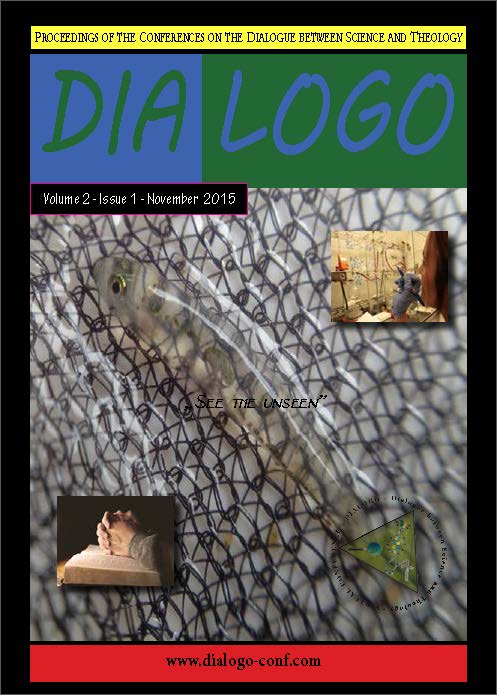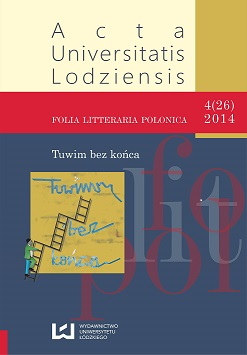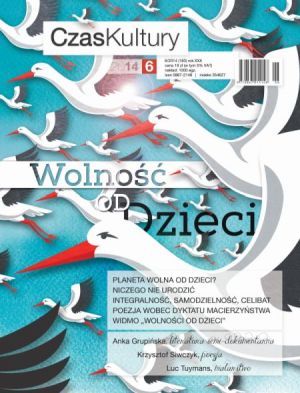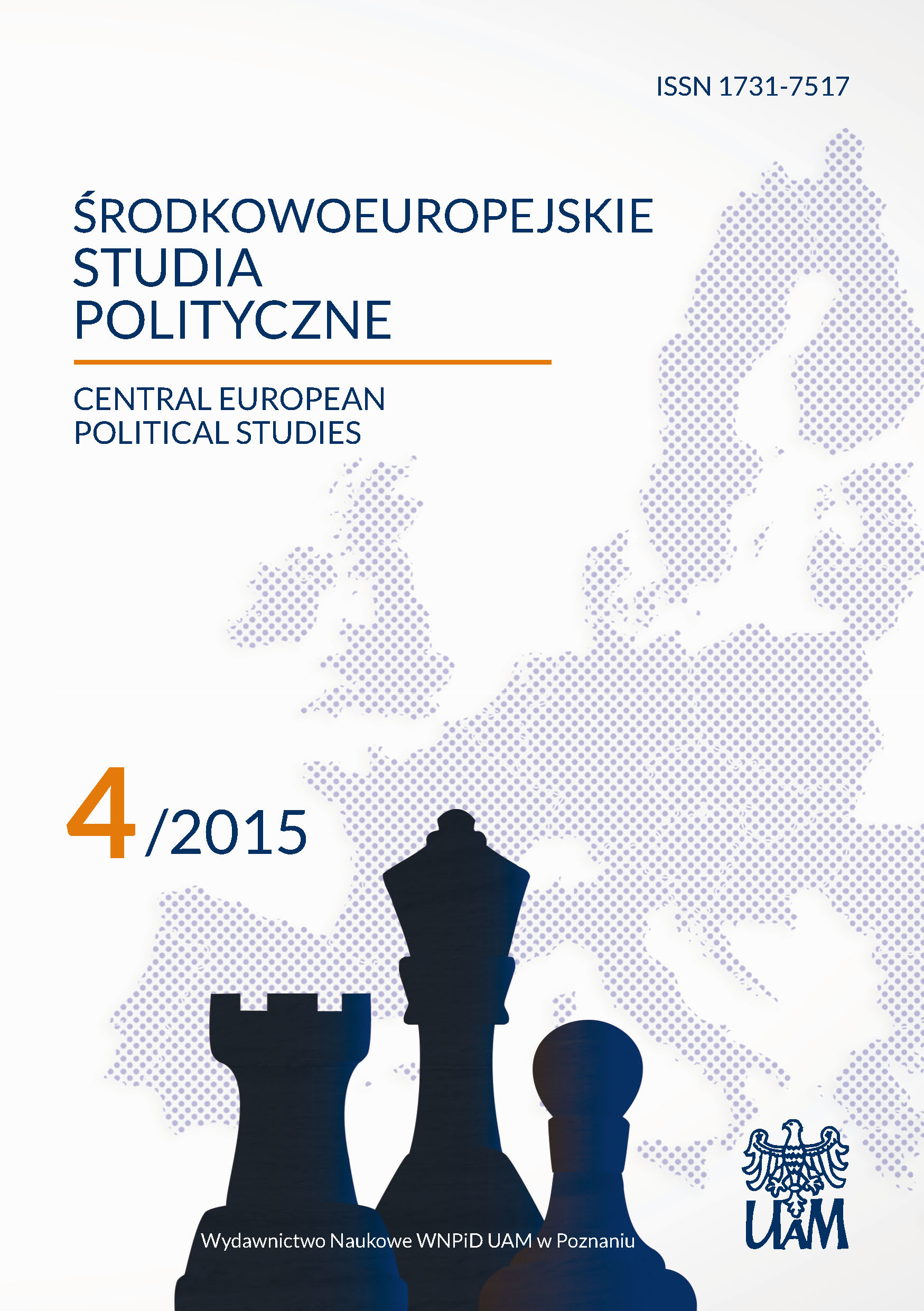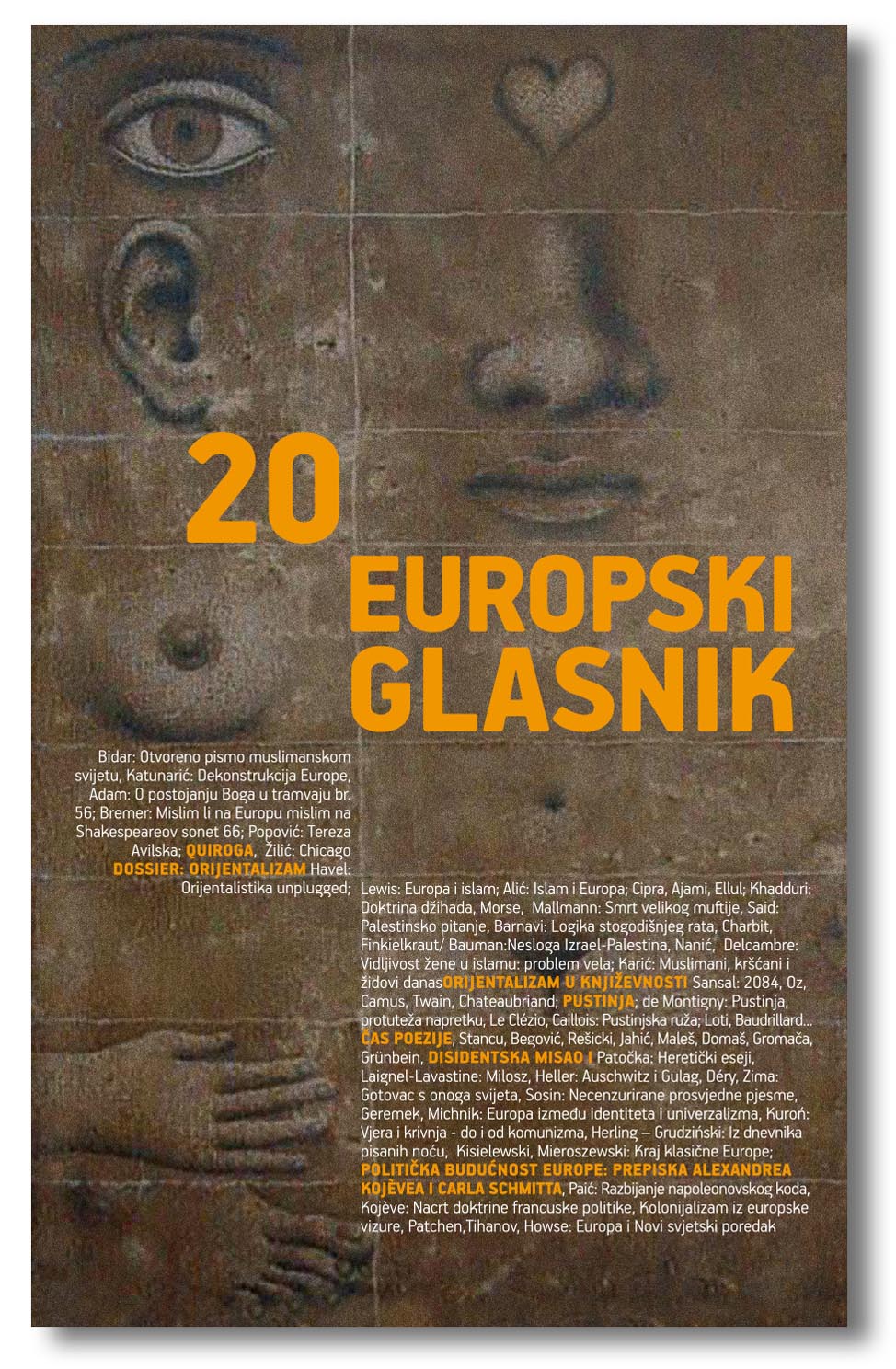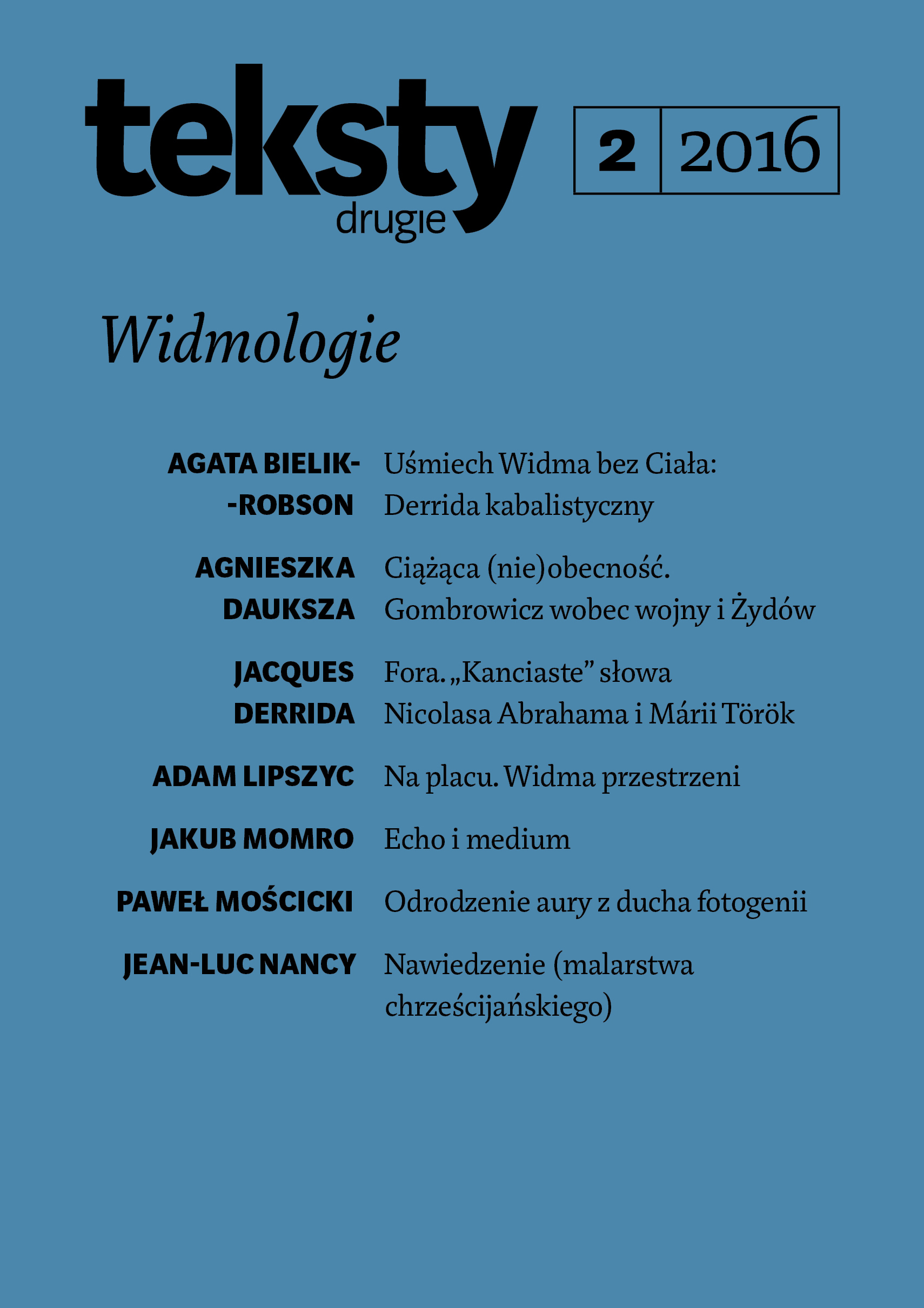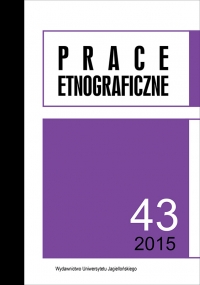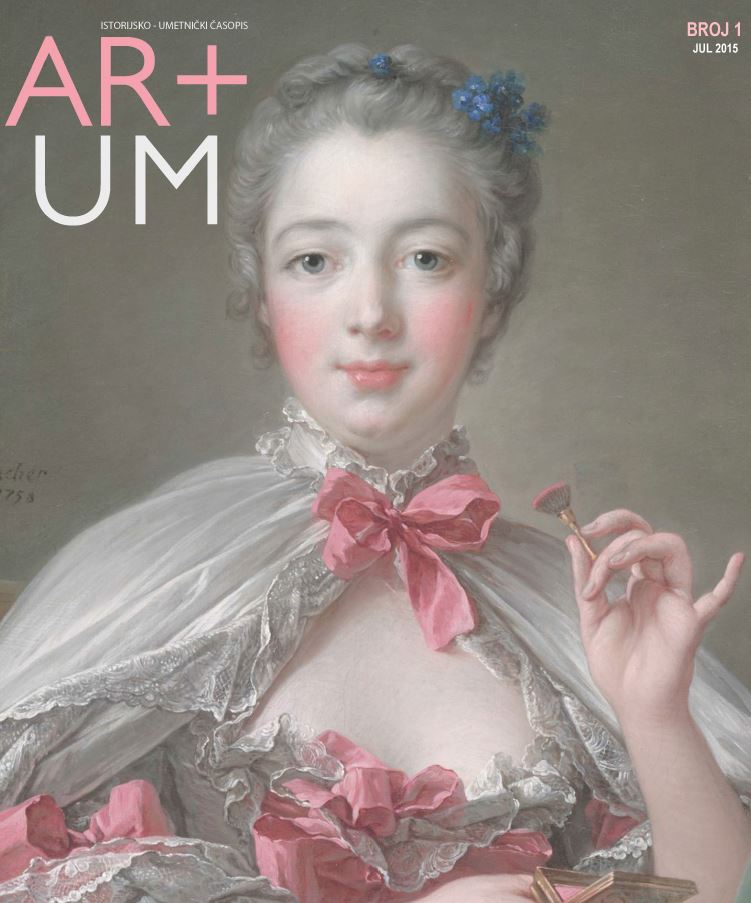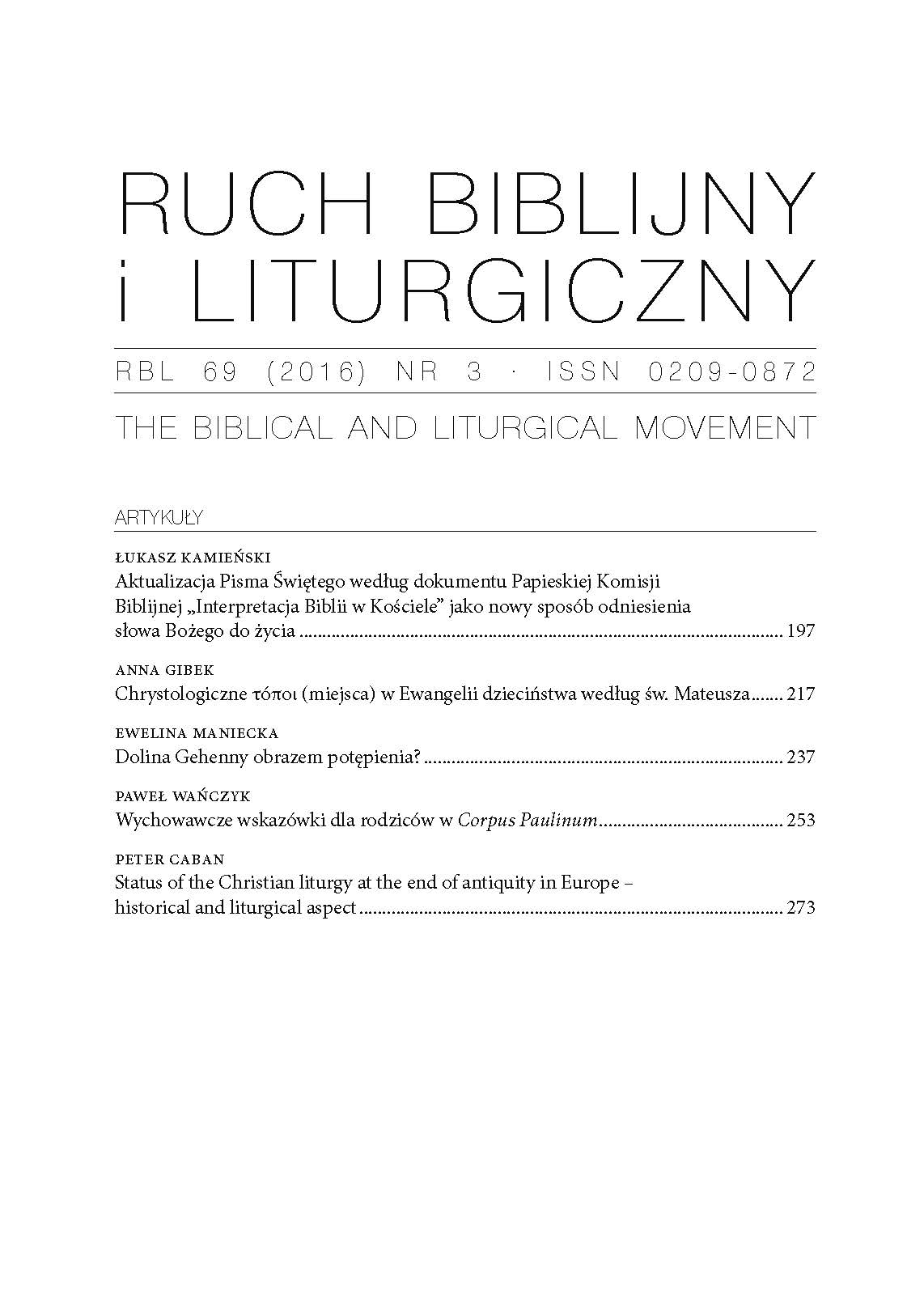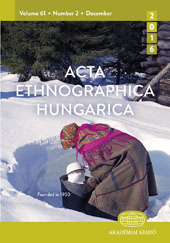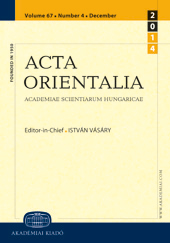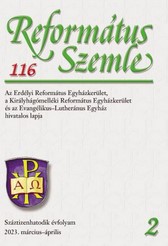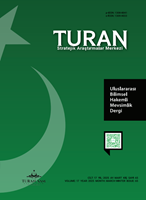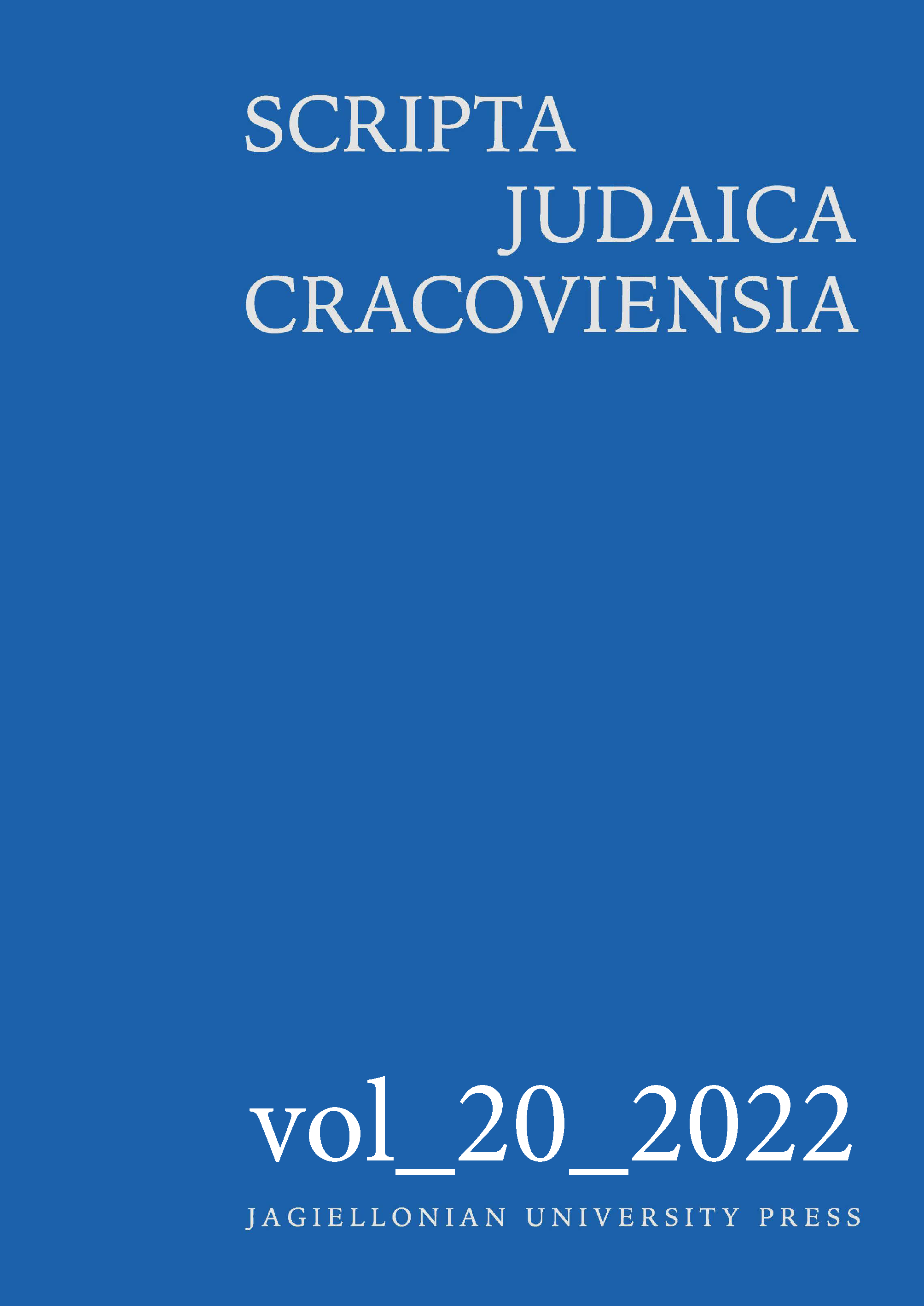Author(s): Boško Erić / Language(s): Serbian
Issue: 2/2024
This paper contains an introduction, commentary, textual, and linguistic analysis of ten letters written in Aramaic related to the Jewish community in Elephantine. There is also a copy of the facsimile of the letters, and their scientific translation into Serbian. The work begins with pointing out and comparing hypotheses about the historical and political circumstances that caused the migrations of Jews to Egypt in three main waves from the 8th to the 6th century B.C. The first wave was during the Neo-Assyrian expansion over Syria and the Northern Kingdom. The next one was more organized and the Judean kings probably sent Judean soldiers into Egypt. The last one was in connection to the fall of Judea. Then, the work discusses the religious context, such as the one in which the Jews lived before their migrations to Egypt, as well as in the military colony in Elephantine where they built a temple to God Yahweh. The paper also demonstrates that religious syncretism started before migrations to Egypt, probably in the Northern Kingdom where Aramean immigrants introduced Israel’s Yahweh to their pantheon, and Israeli/Samaritans accepted Aramean gods. Then they moved together to Egypt. Later, the Judeans joined them. After that, through the analysis of the content of the letters, the author briefly talks about the act that determines the date of the celebration of Passover. Then, the existence of the temple of God Yahweh in Elephantine, its demolition, as well as the reasons for it, and the attempts to rebuild it and obtain permission for its rebuilding is discussed more extensively. He explains that a possible reason for the rebellion, which resulted in the looting and demolition of the temple, was a long-standing disagreement between the Egyptians and the Jews. The Egyptians believed that the god Khnum, usually depicted with the head of a ram, lived on the Elephantine’s island, but the Jews offered lambs for the sacrifices at the same place. However, the letters show that the immediate cause of the conflict was the theft of a “dye stone” from the Elephantine’s Egyptians. From the letters, it can be seen how the Jews tried to get help from their compatriots from Judea and Samaria for the rebuilding of the temple, but no one answered their letters. They did not give up and one of the prominent figures of the Elephantine’s Jews, Yedaniah, tried again and he devised a letter for the Judean elders in Jerusalem. What is particularly interesting are the changes seen in the drafted letters on a rhetorical level, where, with those rhetorical sophistications, the writer wanted to do as much as possible to get help from Jerusalem. Besides these, the author of this work also devotes himself to the linguistic analysis of the letters and points out some of the specificities of the dialect in which the letters were written (for example, instead of the older third person singular pronoun h’, we now have for the masculine third person singular hw, and for the feminine third person singular hy; regular use of l- as object marker, instead of older ʼyt/yt; l- as a marker for agent of the verb in the passive participle; gradual change of the grapheme z to d for the phoneme */ð/). At the end, the author provides a translation of the letters into Serbian where he tries to translate the letters in such a way that those who do not know enough of (or at all) the Aramaic language can get an impression of what the letters looked like in the original.
More...
